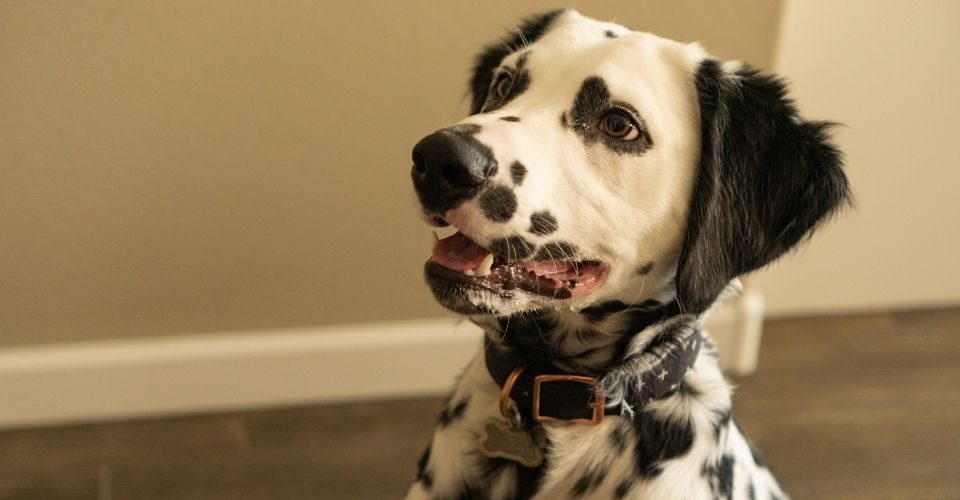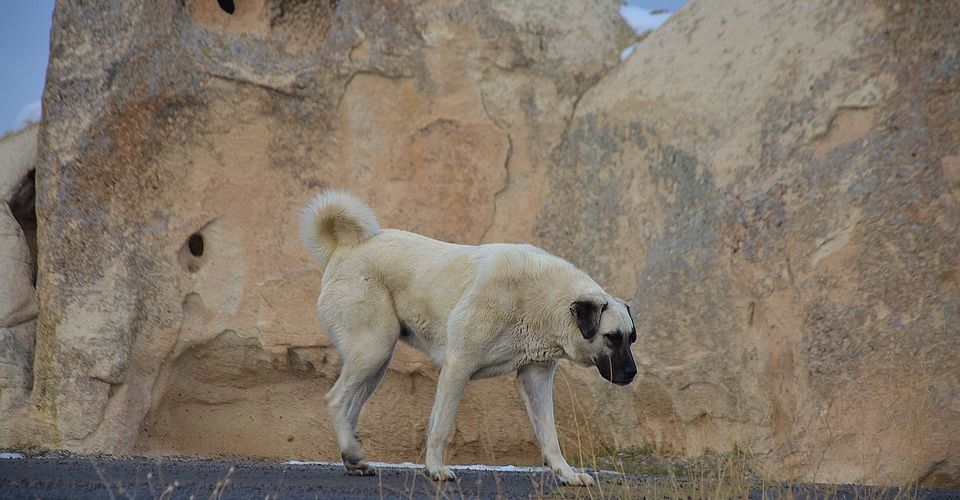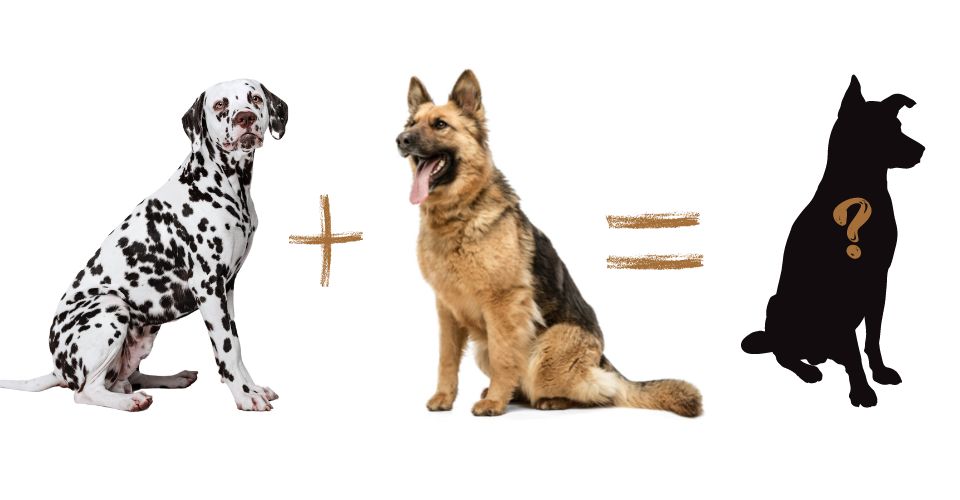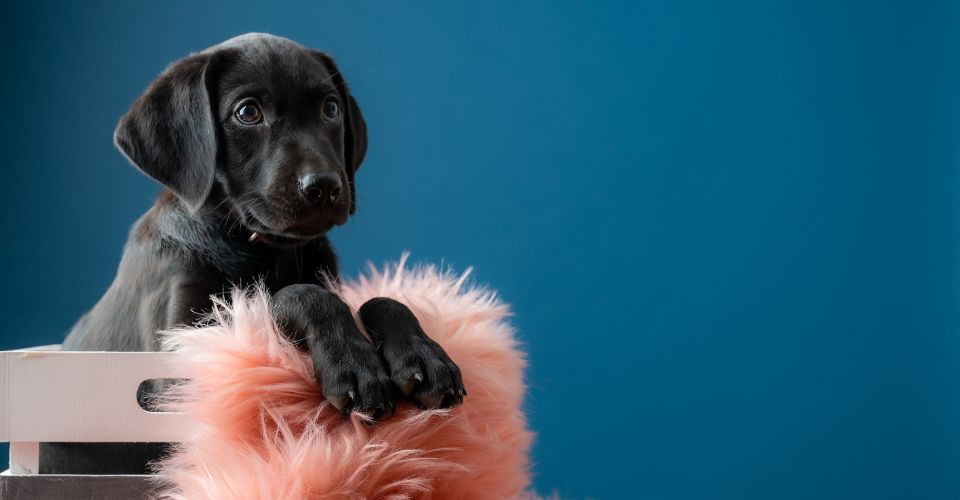An expensive designer dress and a pipe in hand, the raucous Cruella de Vil enters her factory with all her attitude. Arrogantly looking down upon her workers, she slowly walks in her high heels; but as she makes a turn, she is captivated by the drawing lying on her designer’s table. Cruella immediately rushes towards the design—a drawing of gown inspired by Dalmatian dog coat—but before she gets to the design, a photo of the dog catches her attention and she says, “what a charming dog!”
“Thank you” the assistant replied.
“Spots?”
“She is Dalmatian.”
“Long-hair or short?”
“Short.”
“Coarse or fine?”
“I am afraid it is a little coarse.”
“Pity,” says Cruella after a taking breath full of disappointment
Being a fur-lover myself, I deeply understand the feeling of Cruella when she found out that there are no long-haired Dalmatians. All of us are well-aware of the obsessions of Cruella with the Dalmatian dogs. The first time when she saw a Dalmatian dog, she was spellbound by the exquisiteness of the black spots spread on white fur. This was quite astonishing because a rude, aggressive, and finicky Cruella never liked anything at her first glance except this time.
Though she liked it, she was a little bit unsettled by the dog not having long hair. But, that is the story of eons ago. Now, their long coats or ‘LC’ genes have granted us our wishes by giving our dog long hair.
Breed Overview
Origin: Croatia
Height: 19 to 23 inches
Weight: 45 to 70 pounds
Lifespan: 10 to 13 years
Coat: Long-haired coat
Energy level: High energy dogs
Hypoallergenic: No
Apartment-friendly: No
Ranking: 56th most popular dog in the United States
Dalmatian Dog Breed History
Because of its several historical references to Croatia, the Fédération Cynologique Internationale, also known as the International Canine Federation, recognizes it as a Croatian dog breed.
The first-ever known writings about Dalmatian dogs date back to 1374, when Peter, Bishop of the Roman Catholic Church in Croatia, mentioned a hunting dog from Dalmatia—a region of Croatia—having short white hair and black spots, and he called him “Canis Dalmaticus.”
Soon during the Regency period, the Dalmatian dogs became a symbol of nobility, trotting alongside the royal carriages and receiving praises for their decorative spotting. Because of this, the breed received the epithet ‘the Spotted Coach Dog.’
In the 1880s, the breed was shipped to England, where it received immense popularity and was further developed by breeders to refine its qualities as a companion and guard dog. In the same decade, the breed was also exported to the United States, where the American Kennel Club recognized it in 1888. Currently, this breed is ranked the 56th most popular dog in the US.
Though the Dalmatians were receiving ample appreciation from everyone that saw them, they were not widely known. However, with the release of the movie 101 Dalmatian in 1996, the popularity of Dalmatian surged exponentially, and nearly 4000 registrations for these dogs were recorded in that year, and the breed got to the position of the 13th in popularity.
With the release of Cruella (2021), a potential rise is on the horizon. But before adopting a long-haired Dalmatian, make sure you are well-aware of their nature and requirements.
Long Haired Dalmatian Dog Breed
According to Jennifer Lynn, a Dalmatian breeder, when she launched lcdals.com in 2015, there were less than 100 purebred long-haired Dalmatians alive in the world.
Explaining the reason for the long coat, she says that the long coat or “LC” gene is a recessive gene, which means that both parents should have at least one copy of this gene to produce a long-haired Dalmatian puppy. She further explained that long hair Dalmatian puppies have been showing up in litter for at least 15 years. In 2014, less than 100 were known to exist in the entire world. Not many would reveal that they have a Dalmatian with a longhair coat. It’s because of those perfectionist Dalmatian enthusiasts who didn’t accept long-haired Dalmatians. Since they considered long-haired Dalmatians mutts, they enforced breed standards to some extremes, and due to their criticism, many dog parents had to hide their Dals even if they were purebred.
Moreover, the AKC, too, hasn’t recognized the long-haired Dalmatian as a standard; thus, they are still a controversial subject among Dalmatian enthusiasts.
Adding more, Lynn said that these dogs are regular purebred AKC Dalmatians and have all the inherited characteristics such as dock diving, trainability, obedience, and agility.
Physical Appearance of Long-Haired Dalmatian
Are long Haired Dalmatians Purebred?
Long-haired Dalmatians are a quite new addition to the Dalmatian world. So watching a long-haired Dalmatian for the first time, one may think that they are not purebred, but that is just not true. Every bit—ranging from temperament to personality—of long-haired Dalmatian is purebred.
Long-Haired Dalmatian Coat
Being long-haired doesn’t mean that they’d be covered with long wavy hair just like that of Maltese or Shih-Tzu. But it is not the case; long-haired Dalmatians are not fluffy Dalmatians—they are a bit fluffy but not as much as some other long-haired dog breeds. Long-haired Dals actually have coats of about 2 to 4 inches long, featuring in the tails, ears, and legs.
Did You Know?
Dalmatian puppies are born with pure white skin—without any spots. It usually takes ten days to three weeks for Dalmatian dogs to get dark spots.
How Tall Can a Long-Haired Dalmatian Get?
Long-Haired Dalmatians, like usual Dalmatians, are medium-sized dogs. Like many other dog breeds, their males are a bit taller than their female counterparts. Where the average height of a male long-haired Dalmatian varies between 21 to 23 inches, female long coat Dalmatian height ranges between 19 to 22 inches.
How Much Does a Long-Haired Dalmatian Weigh?
Long-haired dals have a muscular body, elegantly proportioned, weighing 45 to 70 pounds. However, as Dals tend to overeat, chances are your pup is weighing more than the average weight. If that is the case, you should get more careful with their routine diet, nutrition, and exercise.
Are Long-Haired Dalmatians Hypoallergenic?
Are you thinking of getting a long-haired Dalmatian, but you are worried: Do long-haired Dalmatians shed? Are they hypoallergenic?
Well, yes, long-haired Dalmatians shed, so they are not hypoallergenic. Even the coarse coat Dalmatians are the hair shedders. To avoid their hair all over in your house and to minimize the possibility of an allergic reaction, you should brush your dog’s hair every day.
We recommend you do it outside the house, maybe on the lawn, by using a rubber curry brush or a fine bristle brush.
Regular brushing will remove their dead hair, prevent tangling, and greatly reduce the chances of allergic reactions.
How Long Do Long-Haired Dalmatians Live?
Like other Dalmatians, long-haired Dalmatians have an average lifespan of 10 to 13 years. That said, their life span is highly dependent on several factors: diet, exercise, and family history, etc. If you provide quality care to your gorgeous Dal and they do not have any genetic health disorder, you can expect them to stick around for a little longer with you. For instance, a Dalmatian named Scootie died at the surprising age of 20. His loving owner attributed his extensive lifespan to regular vet visits, daily walks, and healthy eating.
Health Issues of Long Haired Dalmatian
Being developed in conducive environments, the Dalmatian breed is generally considered a healthy dog breed. However, like every dog breed is predisposed to some health issues, long-haired Dalmatians are also prone to several health issues.
As per the statistics from the Canine Health Information Center (CHIC) of Orthopedic Foundation for Animals, the common diseases that long-haired Dalmatians are predisposed to hearing issues, congenital and advanced cardiac issues, muscular weakness, especially in senior dogs, dental and eye disorders, elbows and hips dysplasia, knee dislocation, thyroid infection, and above all hyperuricosuria—excessive amounts of uric acid in the urine.
However, not every long-haired Dalmatian needs to suffer from these diseases. Undoubtedly, there is a high possibility that your gorgeous Dal will develop these health issues, but sometimes, they may live a healthy life without exhibiting any signs of the above-discussed diseases. That said, below, we have discussed some of the most common health issues of long-haired Dalmatians.
Incidence of Deafness
Dalmatians are at a higher risk of inheriting hereditary deafness from their parents. This cannot be treated or cured; however, its occurrence can be decreased by responsible breeding. According to data analysis of 22873 Dalmatians, the prevalence of deafness among Dalmatians is 18.4%. Form this 5.3% Dalmatians were completely deaf. They cannot hear at all—they are deaf from both ears. And 13.1% were unilaterally deaf—they could hear from only one ear. Research also concluded that deafness in Dalmatian puppies is greatly associated with parental hearing status.
Hyperuricosuria
Also known as urolithiasis, hyperuricosuria is a hereditary defect in the metabolic system of dogs. It can occur in any dog breed, but it is more common in Dalmatians, Bulldogs, and Black Russian Terriers. In this condition, there is excessive excretion of uric acid in the urine that leads to the development of kidney and bladder stones. In case your Dal will show the following signs:
| Signs of Hyperuricosuria |
|---|
|
Frequent urination
Painful urination Blood in urine Straining |
Before You Buy a Long-Haired Dalmatian Puppy
It’s recommended that before you get a fluffy Dalmatian puppy, ask the breeders for the report of the following tests:
- BAER hearing
- OFA Eyes
- OFA or PENNHIP (prelims on dogs under 1)
- DNA panels to test for genetic conditions that might develop in your puppy later.
And if they hesitate to show you the reports, be sure that they are fake and making money out of it by wrongly developing the long-haired Dalmatian dogs.
Keeping a Long-Haired Dalmatian
If you have a long-haired Dalmatian living under your roof, you should know the following things about them.
Fitness
Also known as Leopard Carriage Dog, Dals are strong, active, and muscular dogs. Though Dalmatians are categorized as non-sporting dogs, they have boundless energy and high exercise requirements, requiring around two hours of daily workouts.
Developed to run miles alongside carriages, long-haired Dalmatians were employed to help ward off highwaymen. Still, today’s Dals have elevated vigor and need high-impact physical activity to keep themselves away from boredom, which can lead to overeating and eventually obesity and related health issues.
Given that Dals can be high-energy dogs and have great stamina, they can make running or hiking partners. This will be good for your Dal’s health as well.
If high-energy dogs do not get to expend their energy, they may develop behavioral issues like barking at nothing and knocking over things.
Nutrition: How Much to Feed a Long-Haired Dalmatian?
The food intake of a long-haired Dalmatian solely depends on his age, size, health conditions, and physical activity. For an average active Dalmatian, daily 1.5 to 2 cups of high-quality dog food is enough.
Because of their susceptibility to hyperuricosuria, their diet should not comprise high protein levels. Moreover, they should have access to freshwater invariably.
Dalmatians also should have the opportunity to frequently urinate and eliminate to keep the urinary system flushed.
Don’t feed them with fried human food, cat foods, or stale food as they can cause many health concerns, such as food poisoning, gastroenteritis, stomach upsets, vomiting, diarrhea, loss of appetite, and so on.
Behavior
You might remember the scene from the movie Cruella, where Dalmatians listen to the whistle of Baroness and pounce at Catherine de Vil with all their sharp teeth and 170 to 200 PSI. It’s worth mentioning here that those dogs were under a spell.
Normally, Dalmatians are the sweetest dogs, showing no aggression at all. They are affectionate towards family and kids. After socialization and obedience training, they can easily get along with other pets and friendly strangers.
To prove that long-haired Dalmatians are not aggressive and destructive dogs, the American Temperament Testing Society conducted temperament tests in which Dals scored 83.3%. This high percentage shows that these dogs are friendly and make good companions.
Unfortunately, these dogs are not quite suitable for apartment-dwellers because of their elevated energy levels.
Training
Long-haired Dalmatians are known for their intelligence and trainability. They can easily be coached for obedience, socialization, agility sports, and other dog tricks like how to roll over.
If trained properly, these dogs can serve as hunters, firehouse dogs, coach dogs, and circus performers.







